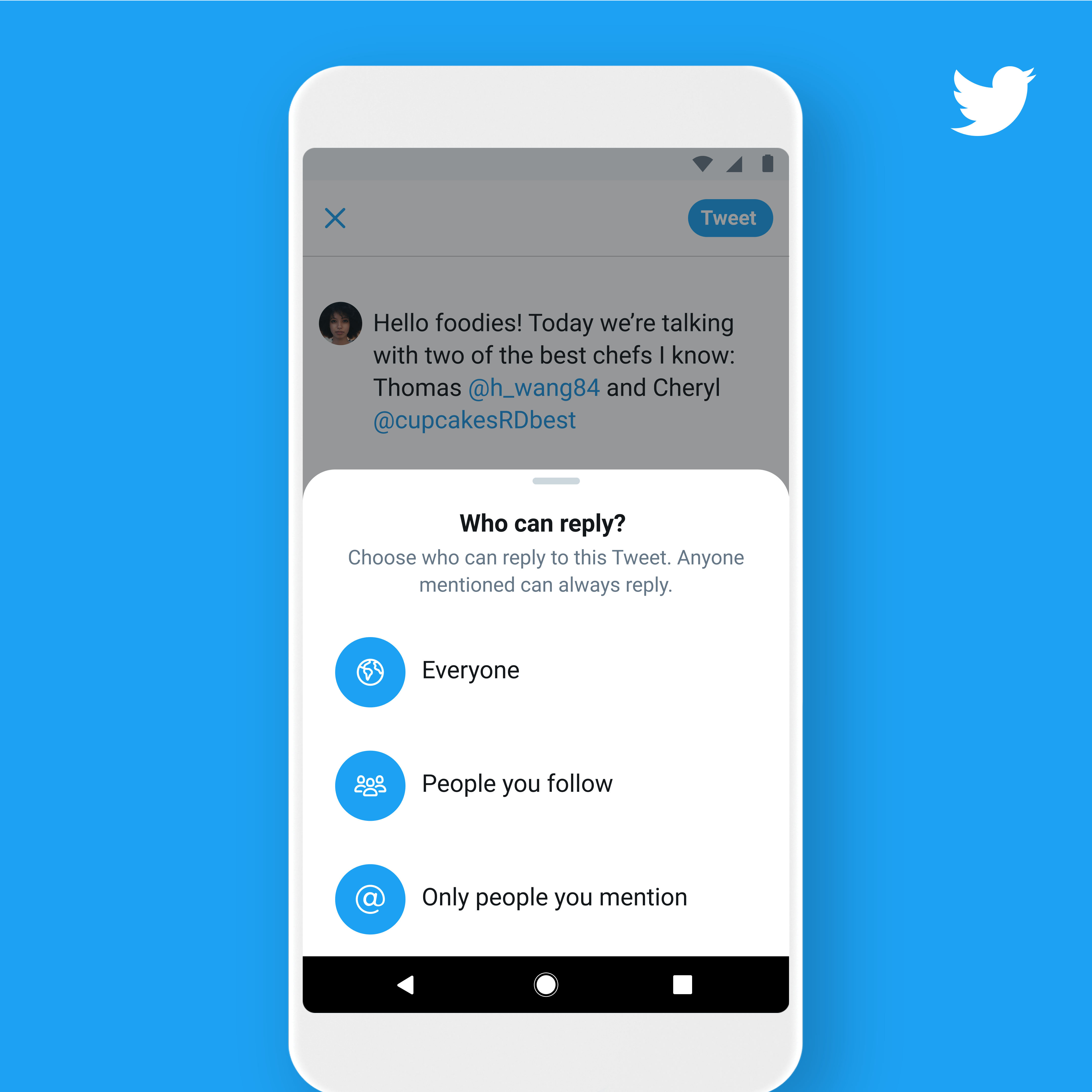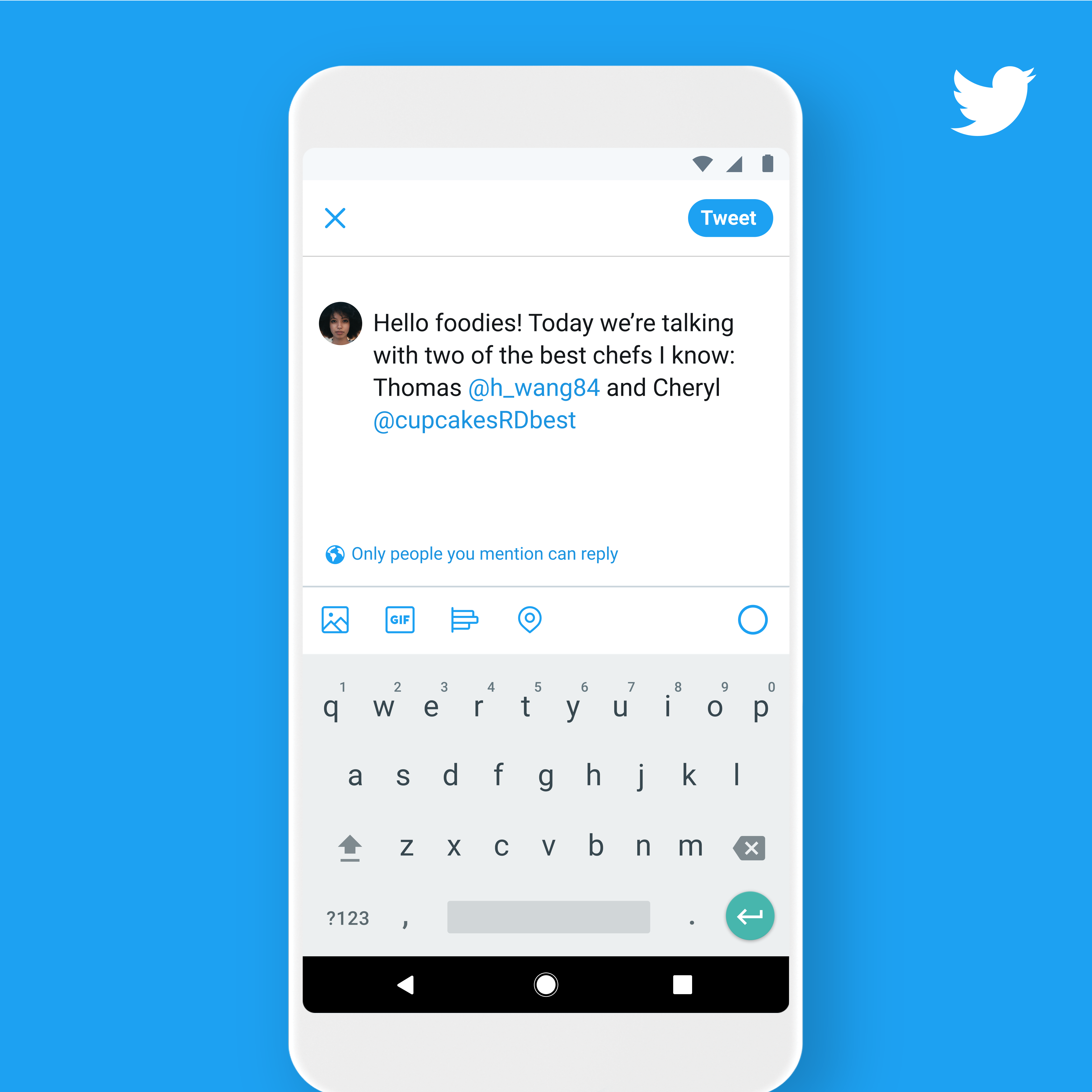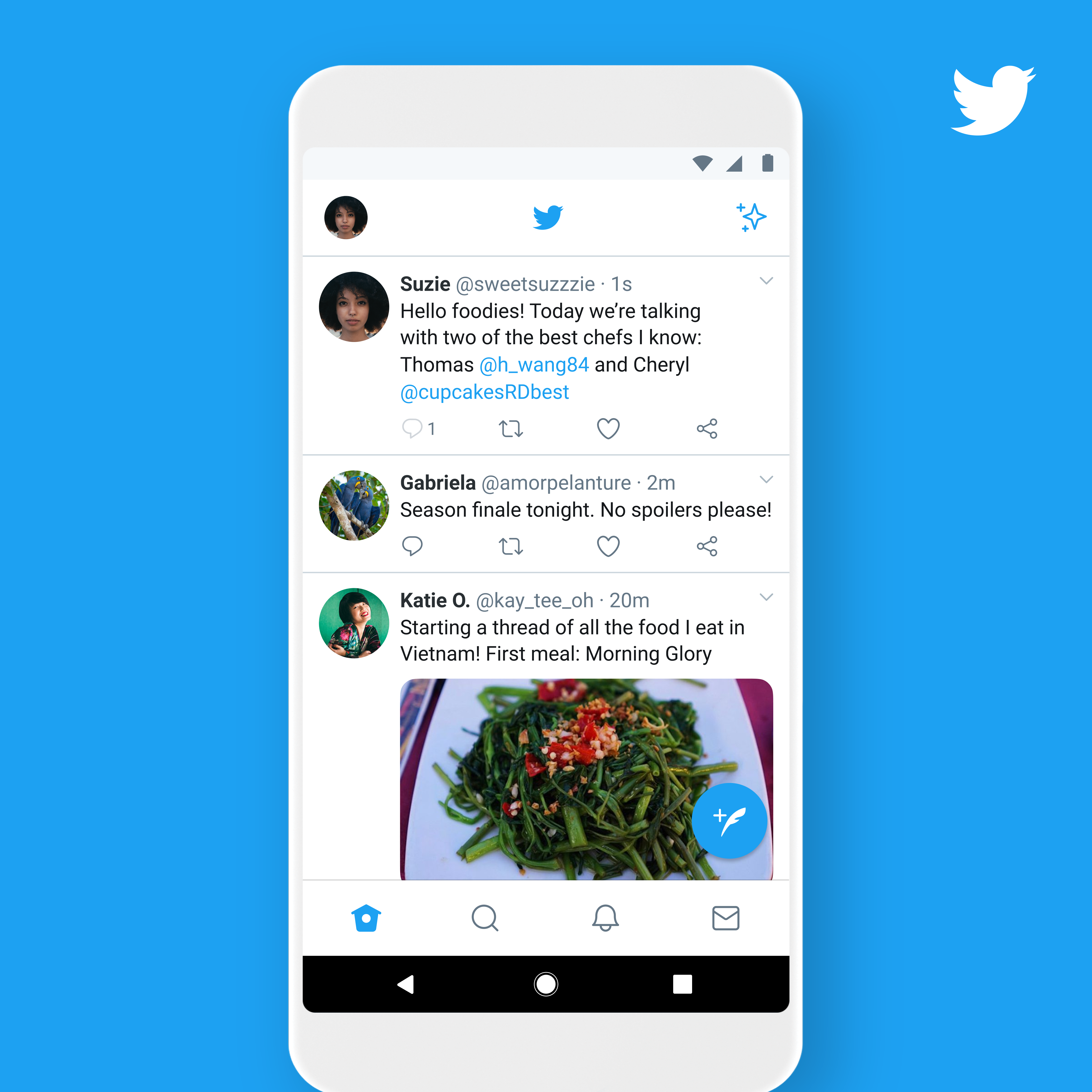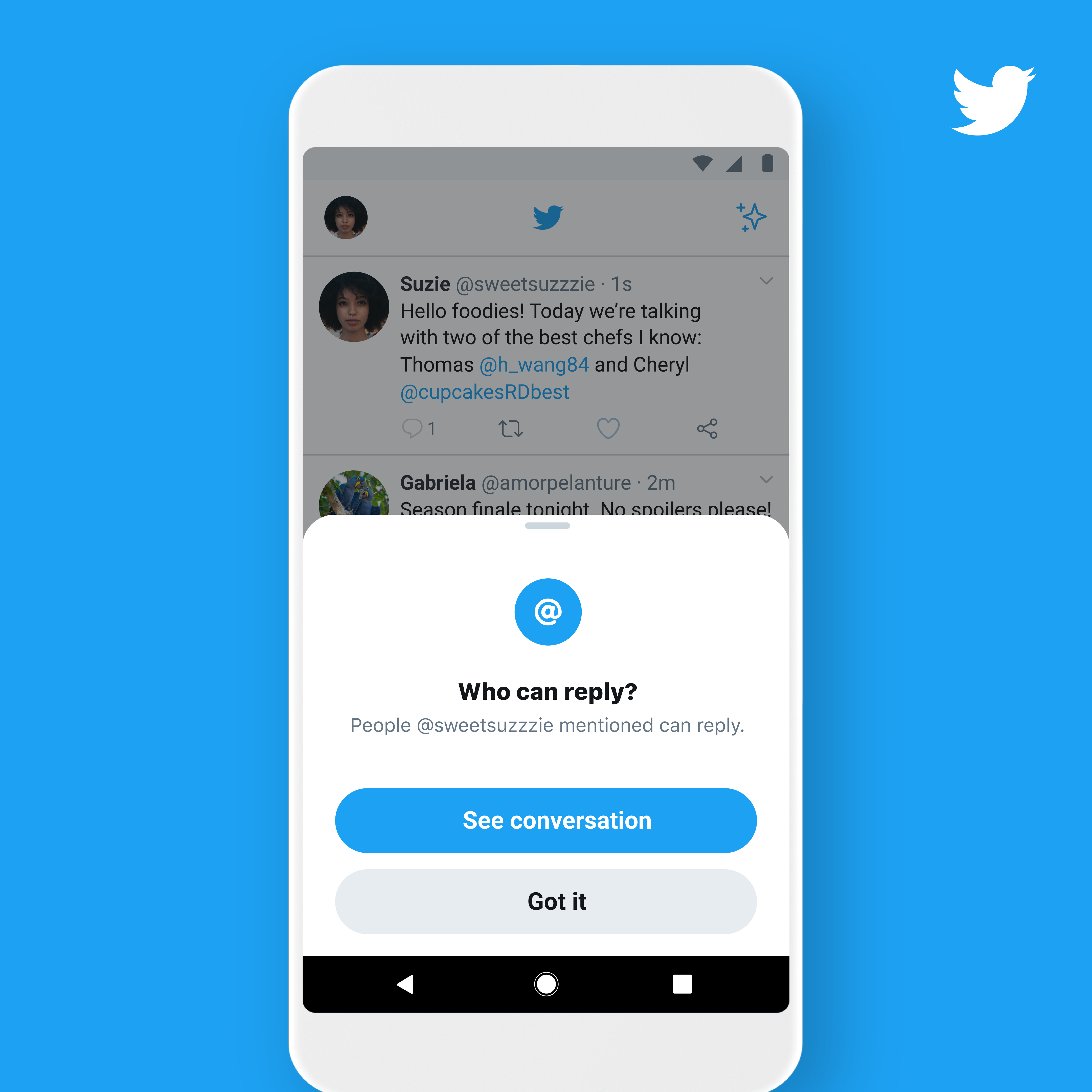Bengaluru, NFAPost: In a move to give more control over their account, Twitter has rolled out a moderation feature that would allow its users to limit how many people can reply to their tweets, giving account-holders more control over conversations on their page.
The move comes after the social media company’s realisation that sometimes people are more comfortable talking about what’s happening when they can choose who can reply.
“We’ve seen people use these settings to have conversations that weren’t really possible before. Starting today, everyone will be able to use these settings so unwanted replies don’t get in the way of meaningful conversations,” states Twitter.
According to Twitter all accounts, including those of elected officials, can now select the people who will be allowed to reply while composing a new tweet.
Three sets of people
Users can select from three sets of people – everyone, only people they follow and only people they mention in the tweet.
The site, which started testing the feature in May, added that all users can continue to like and retweet posts, but cannot reply if they have been excluded by the author.
This feature would also enable Twitter users to carry out better conversations and limit their exposure to online trolls and abusers.
Here’s how it works. Before you Tweet, choose who can reply with three options: 1) everyone (standard Twitter, and the default setting), 2) only people you follow, or 3) only people you mention.
Reply icon
Tweets with the latter two settings will be labeled and the reply icon will be grayed out for people who can’t reply. People who can’t reply will still be able to view, Retweet, Retweet with Comment, share, and like these Tweets.



Since we started testing this in May, people have used it to host interviews and panels, share what’s on their mind, and make announcements. We’ve learned a lot from usage, feedback interviews, and surveys. These settings help some people feel safer and could lead to more meaningful conversations, while still allowing people to see different points of view. Here’s more on what people shared with us. ⬇️
These settings help some people feel safer.
- People tell us they feel more comfortable Tweeting and more protected from spam and abuse.
- Problematic repliers aren’t finding another way – these settings prevented an average of three potentially abusive replies while only adding one potentially abusive Retweet with Comment. And, we didn’t see any uptick in unwanted Direct Messages.
- People who face abuse find these settings helpful – those who have submitted abuse reports are 3x more likely to use these settings.
- It’s a new method to block out noise – 60% of people who used this during the test didn’t use Mute or Block.
The change could lead to more meaningful conversations on Twitter.
- People are sharing more of their thoughts – Tweets using these settings about topics like Black Lives Matter and COVID-19 are on average longer than those that don’t use these settings.
- Some people use these settings to have more sensitive conversations about politics and social issues. Those with a lot of followers use these settings to share more feelings, opinions, and personal news.
People still can see various points of view.
- Research shows people understand replies are limited on these Tweets.
- People more frequently look for additional commentary when replies are limited – the new Retweets with Comments timeline is visited 4x more often on Tweets using these settings.
- Differing views can still be shared with Retweets with Comments, which sometimes reach a larger audience than the original Tweet. Several times, we saw more Likes and views on a Retweet with Comment than on the original Tweet, even though the original Tweet author had more followers.
Twitter serves the public conversation, so it’s important for people to be able to see different perspectives. We’ll keep working on making it easier for people to find the entire discussion through Retweets with Comments. Also, we’re trying out a new label to make it more obvious when these conversation settings are used.


We’ll continue to update these Tweet settings based on your feedback. In the next few months we’re planning to add an option to invite more people to the conversation after it starts, clear notifications for when you’re invited to join a conversation using these settings, and more ways to see the entire discussion.
Everyone can now use these settings on Twitter for iOS and Android as well as twitter.com. You know what to do – @ me with what you think!





